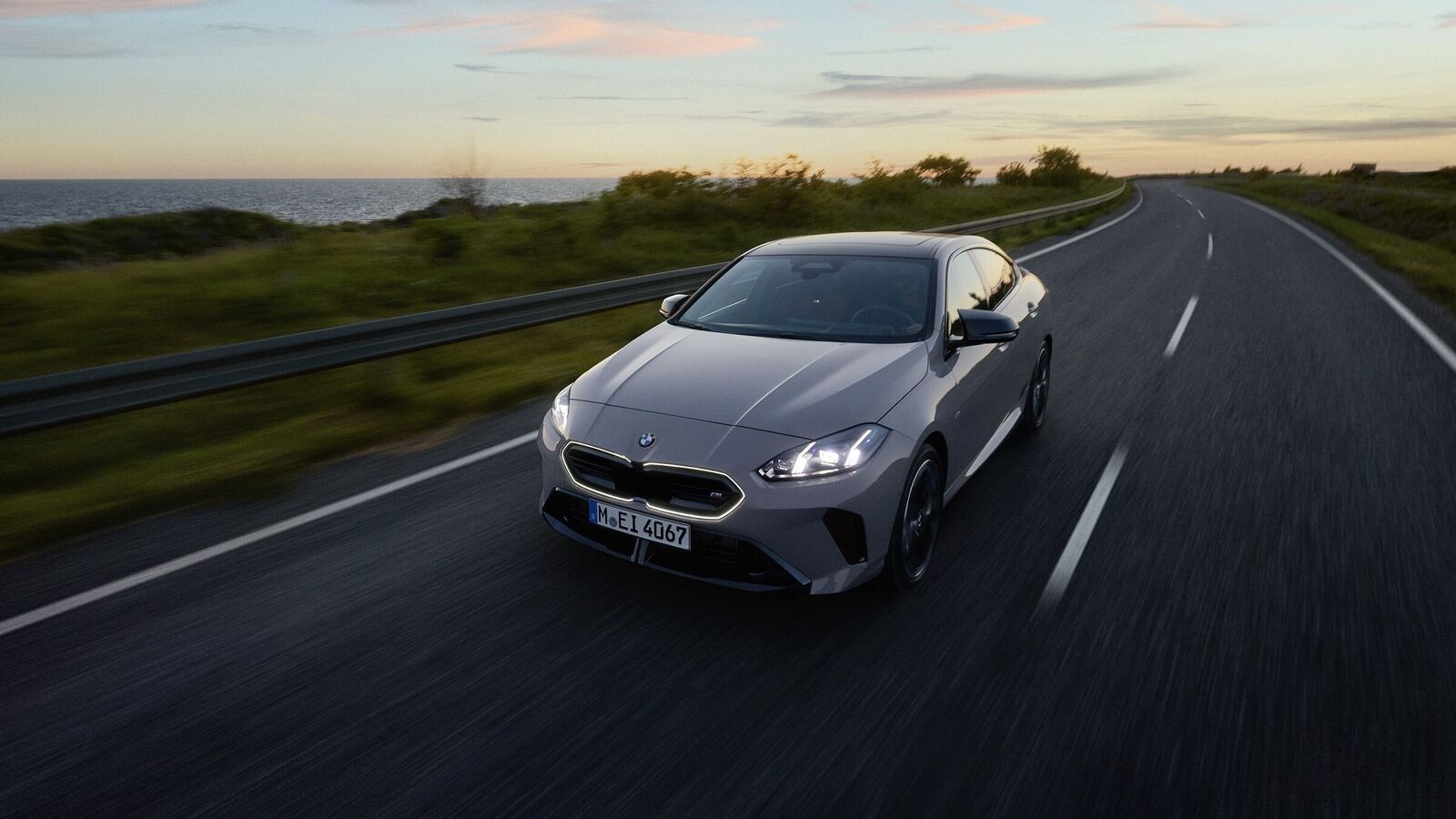Revfin Services, a Delhi-based EV financing specialist, which recently raised Rs 625 crore, aims to raise an additional Rs 500 crore by the end of 2025, to finance 1 million electric vehicles.
The company, backed by Asian Development Bank, Companion Capital Ltd, Green Frontiers Capital, Redcliffe Labs, and Let’s Venture Angel Fund, is also planning to expand its services from B2B electric three-wheelers, to include financing electric two-wheelers, passenger EV cabs, E-LCVs, and mini-electric trucks.
In an exclusive interview with Autocar Professional, Sameer Aggarwal, CEO and Founder of Revfin talks about how it looks to diversify into other areas of financing and an overview of the industry. Edited excerpts.
You’re looking to expand into categories besides the two-wheeler segment. Do you think you will be able to achieve the 1 million unit mark by 2025?
Not at all. You see when we started financing electric three-wheelers, it was a segment that did not get financing easily from the banks. Revfin has simplified the EMI process for the customer who is a rickshaw driver, and instead of paying a big EMI at the end of the month, he has the option of paying a daily EMI from his earnings. This has created a win-win situation for the OEM, financer, and user.
Moving forward we want to drive similar innovations in EV financing as we see similar opportunities in last-mile delivery vehicles, taxis, and corporate transportation.
For the same, we are in the process of partnering with major operators and dealerships that are spread across 20 states where Revfin operates both as a digital platform and an NBFC (Non-Banking Financial Company).
As a financing partner, what are you doing to reduce overall EV ownership costs?
When financing is matched against owners’ income generation, it leads to a safer and longer-term payback of the asset over its loan tenure.
At Revfin we have successfully matched loan tenure to an electric three-wheeler or e-rickshaw customer, where he can pay back as a daily EMI from his earnings.
Revfin has simplified the EMI process with the customer who is a rickshaw driver. Instead of paying a big EMI at the end of the month, he has the option of paying a daily EMI from his earnings which has reduced the default (on loan) and created a win-win situation for the OEM, financer and user. We plan to replicate some of these innovative financing features when we finance other categories.
The company has developed a product where the customer has to pay the loan over a tenure of 18-24 months period as compared to a 12-month product which was seeing loan delinquencies close to 40 percent.
With Ola’s upcoming IPO and many EV firms looking to raise money from the market, what is your take on the stock market’s appetite for EV stocks?
In my view, the Indian stock markets present a $1 bn opportunity to raise money, as many start-ups are yet to evaluate the true potential Indian bourses can offer and I feel this space is being overlooked by promoters.
As compared to ICE products, which get refinanced when facing delinquent loans, EV financers, OEMs, and dealers have got together to create a market to repossess, and resell EVs.
The development of the ecosystem where the old vehicle re-enters the dealer and gets refinanced, reducing the loss to the dealers, has created a new set of viability for EVs.
Such achievements, when they enter the public domain, elongate the life of EVs and, in turn, the ability of companies to reach scale and raise funds from the capital market.
So how has the OEM, Dealerships, and financer equation evolved over the years?
When we started to work with the OEMs and dealers, we realised that the majority of the vehicles were from various start-ups, unlike the ICE vehicles, which did not have a proven track record on their vehicle life cycle.
This made it difficult for the EV financers to take bets on such products, as there was no certainty that the product would survive its loan tenure and perform at peak optimisation.
We said to the OEMs, give us some kind of guarantee on your vehicle. If the customer defaults on EMI, we tell the dealers to take back the vehicle and resell it through the same dealerships, creating a second life for the repossessed asset.
Together with our OEM and dealer partners, we also share the risk of default. So, these kinds of interesting models have started developing.
You mentioned financing EV trucks and EV cab riders to buy new vehicles, How do you plan to address these new categories?
Concerning electric trucks, high-speed L5 three-wheelers, and EV taxis for the corporate segment, we are creating products that will drive EV adoption in the country. For the same reason, we are exploring new markets and partnerships to capitalise on emerging trends.
We are also growing our network from 20 states to 250 towns and cities and 750+ dealerships. Our long-term focus will be on profitability and creating sustainable business models and products that can withstand changes in government policies and regulations.




